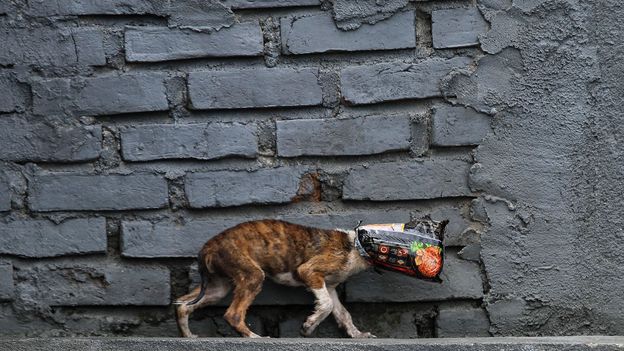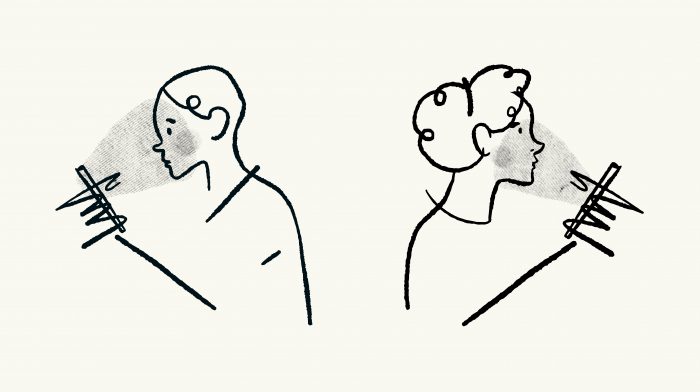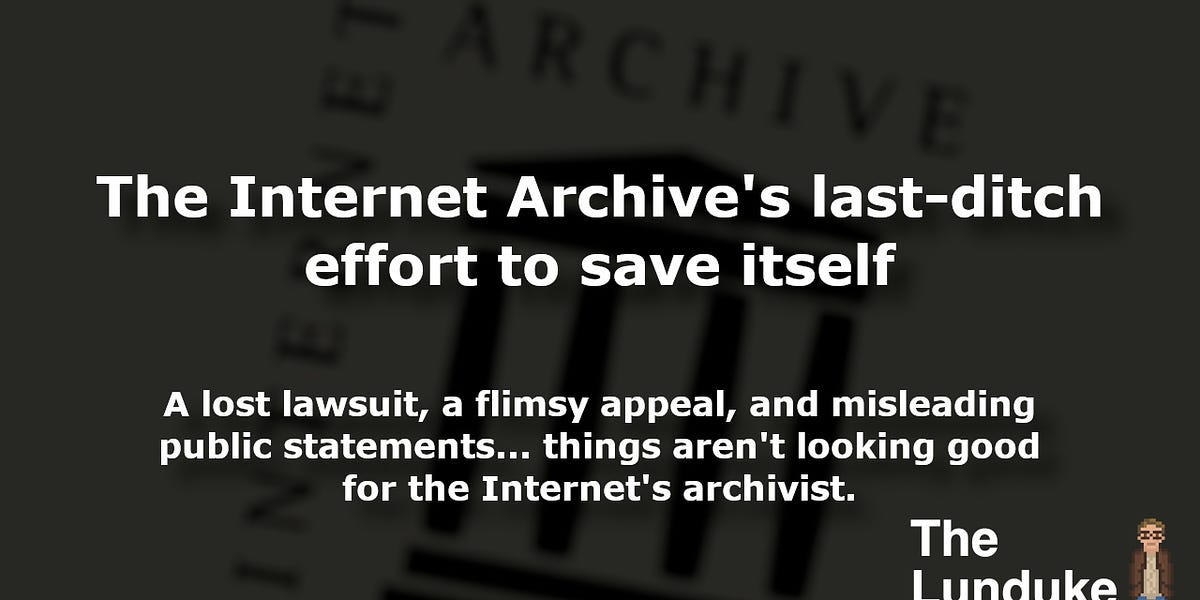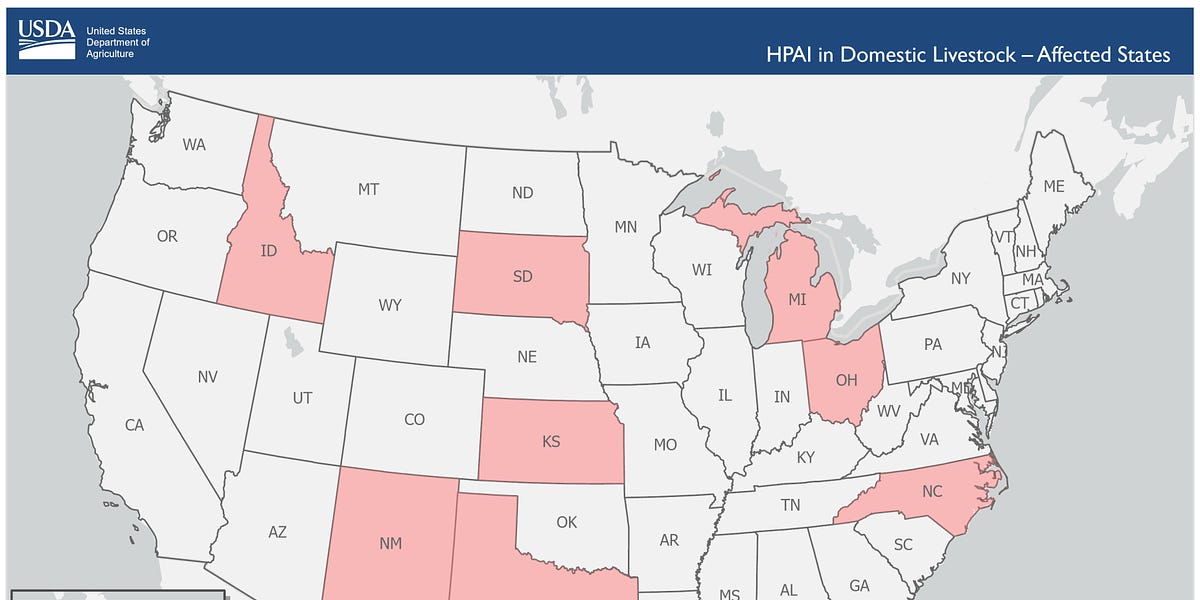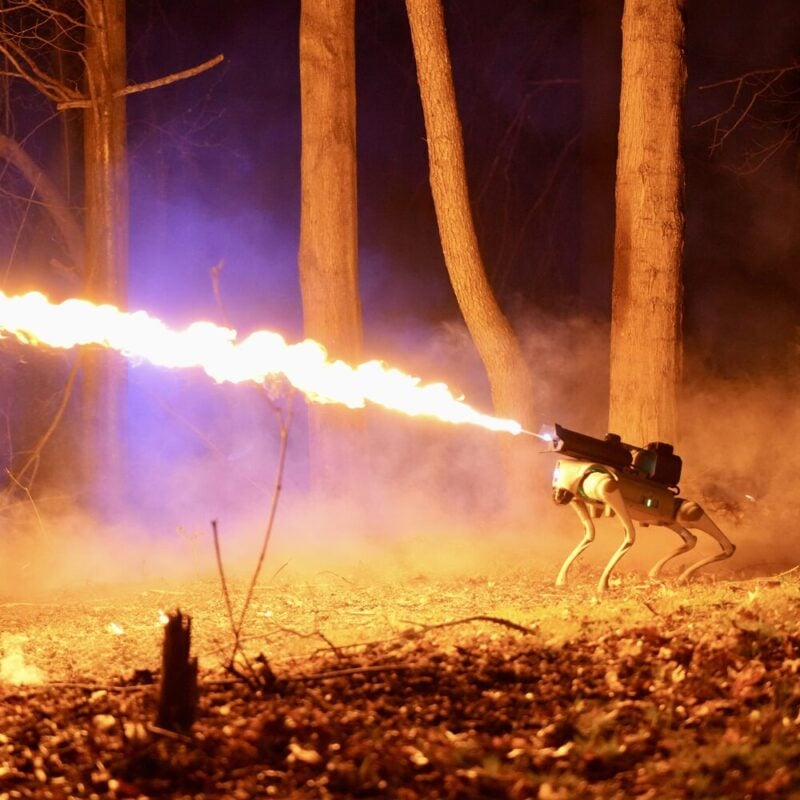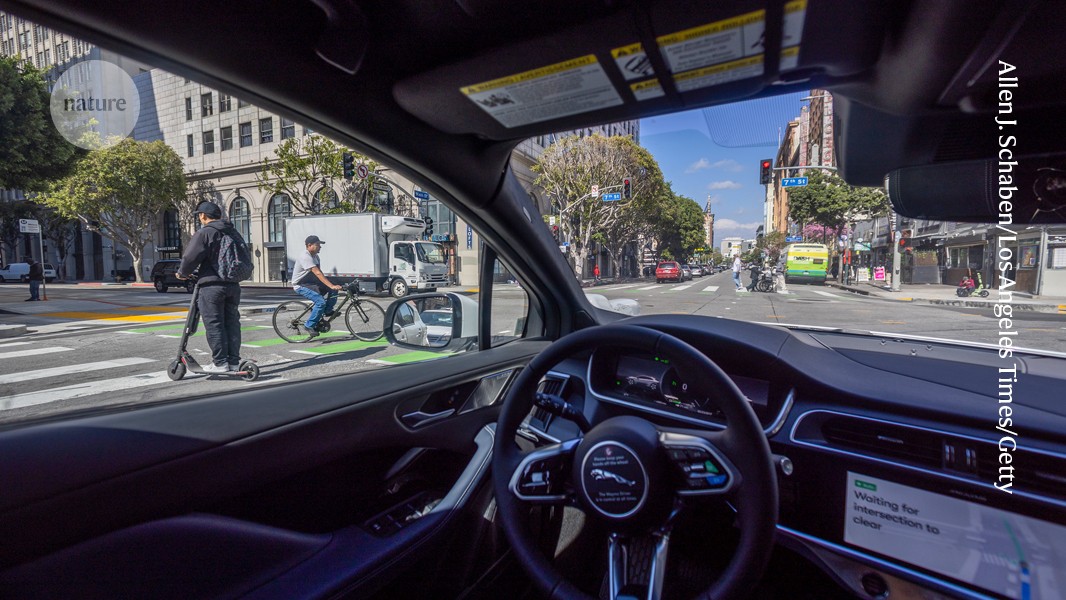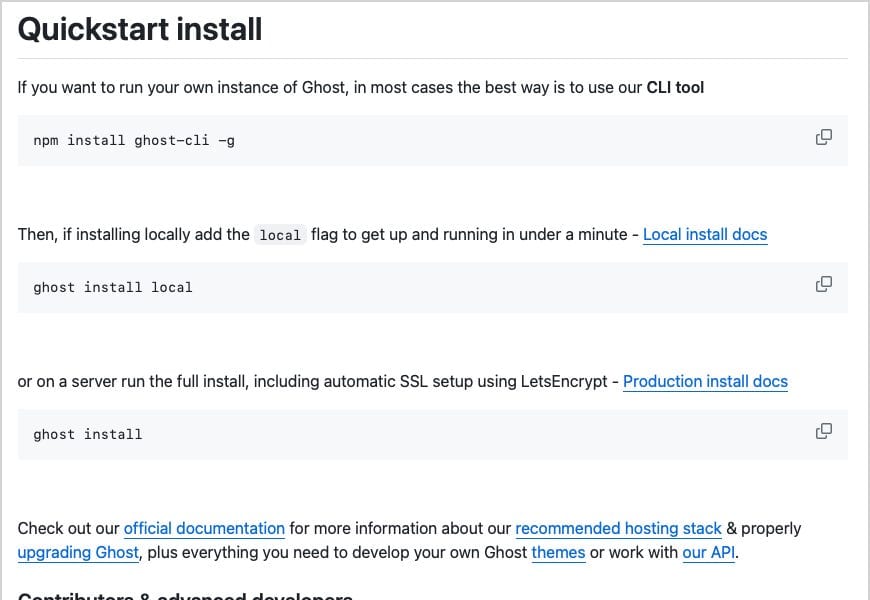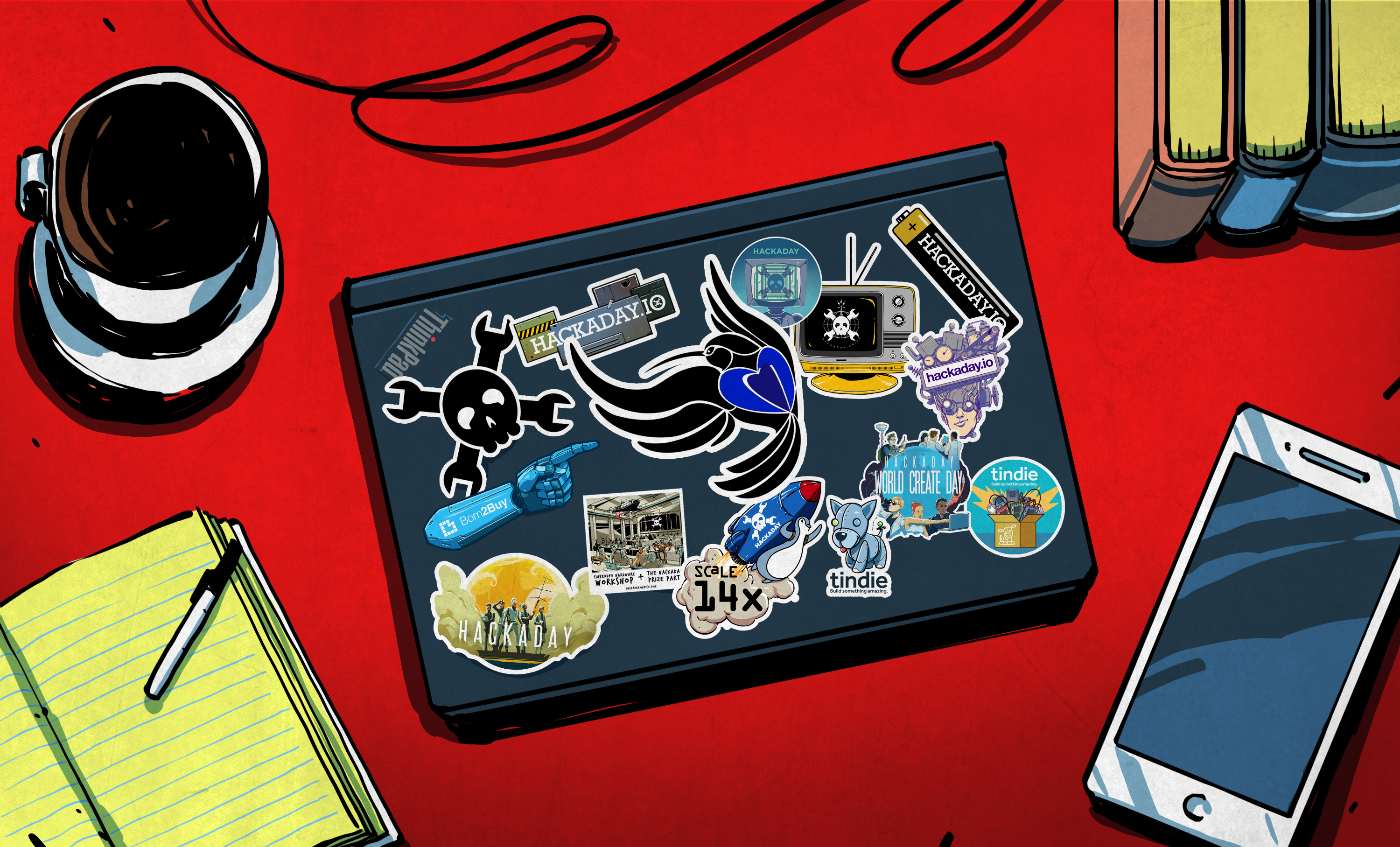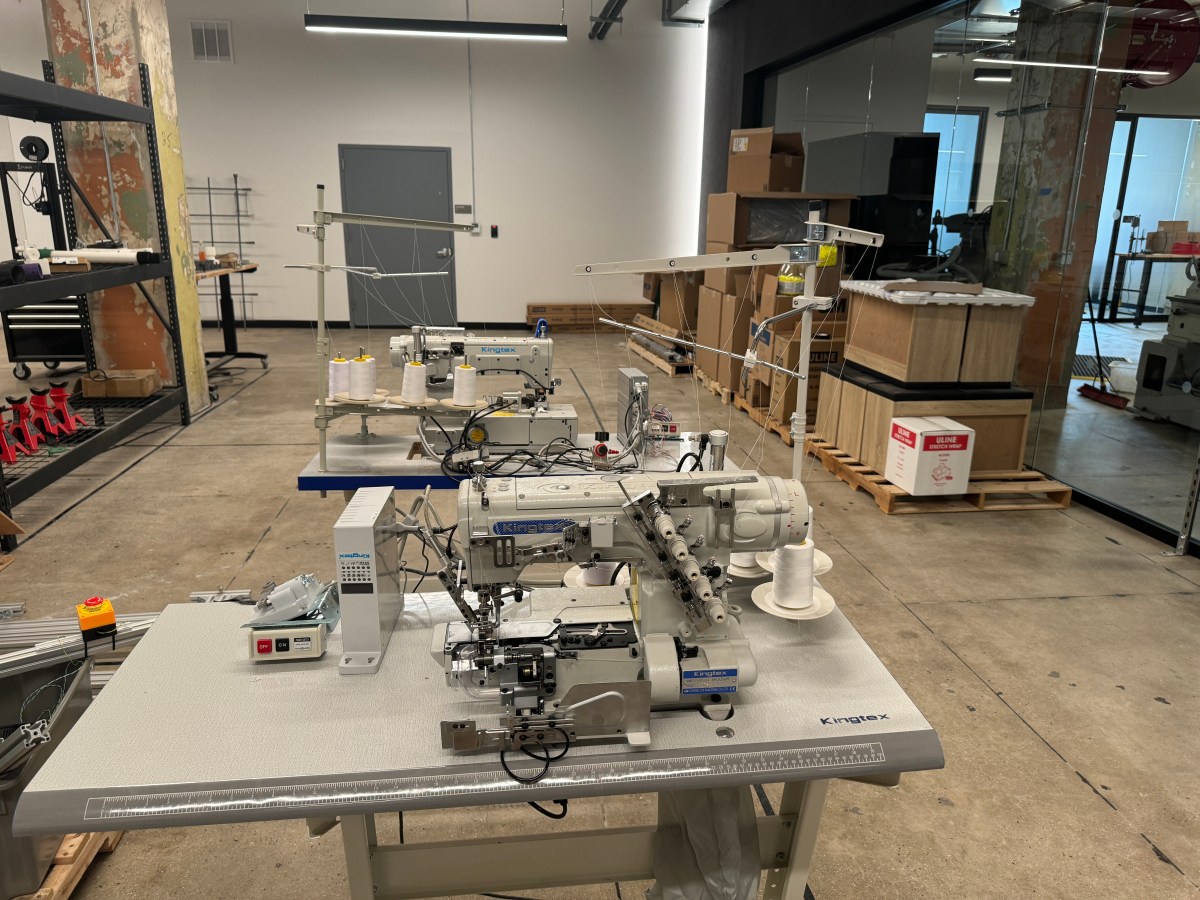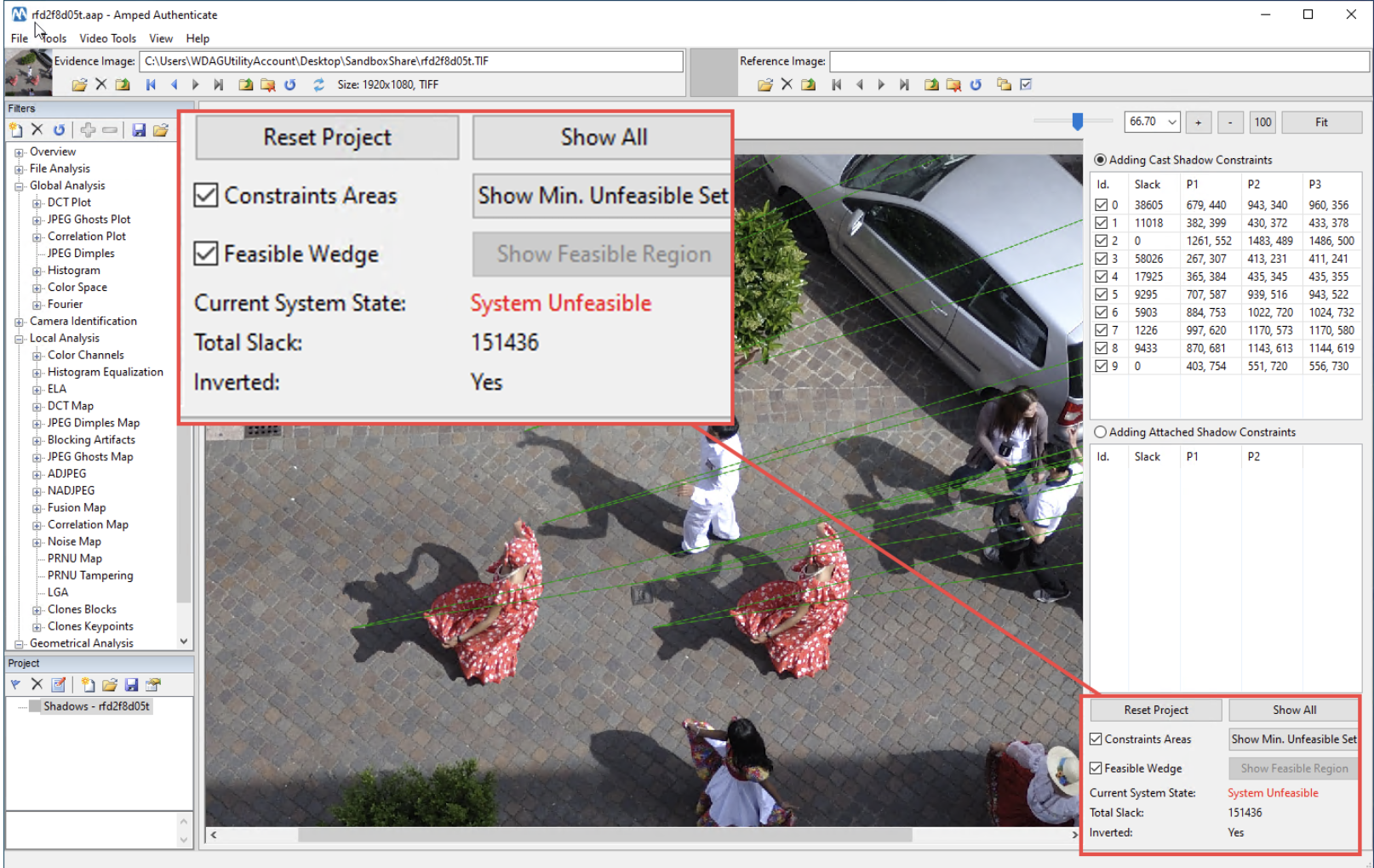
How To Detect Tampered Images On Social Media Via Shadows Analysis
Image and video authenticity verification is one of the most prominent challenges nowadays in digital forensics. The rapid proliferation of all sorts of image manipulation software, together with the increasing popularity of deepfakes, make it so that seeing is no longer believing. This is especially true for contents found on the web and, even more, on social media platforms. It is extremely hard to establish the trustworthiness of a random social media user, and to do so in a timely fashion.
Researchers have worked hard in the last twenty years to create image forgery detection tools. You can find hundreds of papers about tampering localization, cut-and-paste attack detection, copy-move detection, and so on [Korus17]. Most of the existing tools, however, share a common drawback: they work nicely if you feed them with a “freshly tampered” image – for example, a version recently saved in Photoshop. But if you take the hoax and upload it to, say, Twitter, and then analyze the shared version, performance drops [Verdoliva20] significantly.
Why is that? It is because social media sites process images during upload: most of the time, they scale them down and recompress quite aggressively [Giudice17]. This simple ‘size reduction’ processing turns out to be an amazingly effective counter-forensic technique: most traces of tampering will become undetectable. And so, what can we do if we are tasked with analyzing a picture coming from social media? Well, there is some good news.
Leave a Comment
Related Posts

How a once-obscure government database turned into a weapon for anti-vaxxers » Nieman Journalism Lab
Comment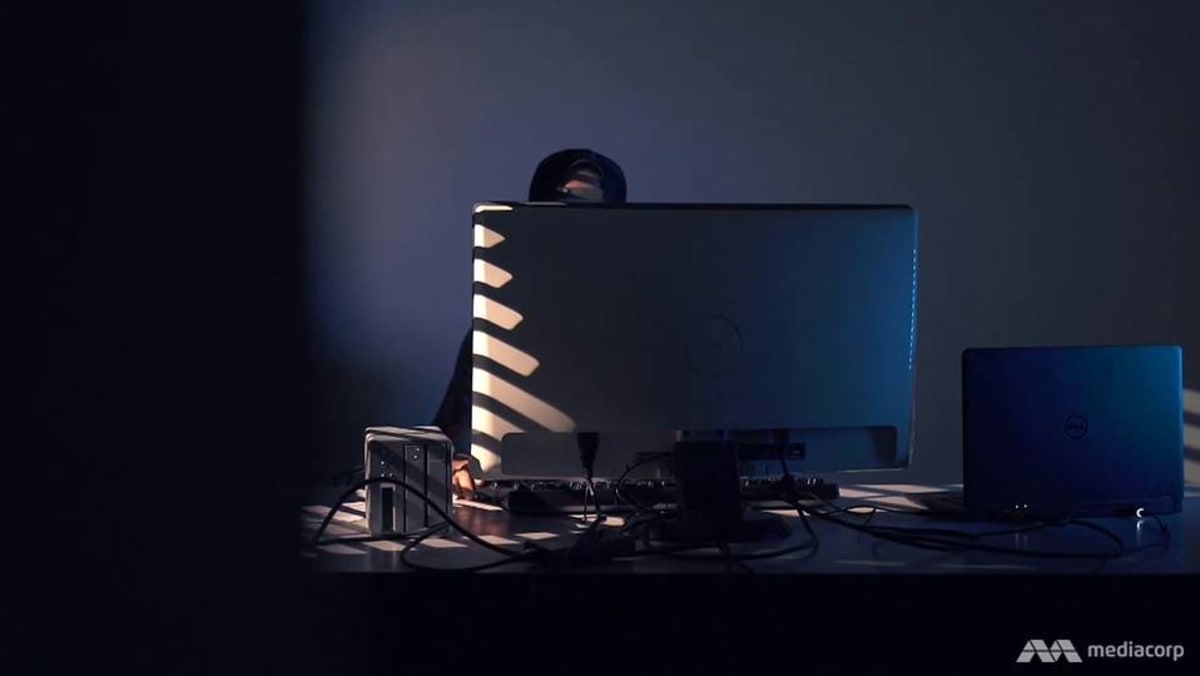
Proposed law against foreign interference introduced in Parliament, can order take down of ‘hostile’ information on social media
Comment
